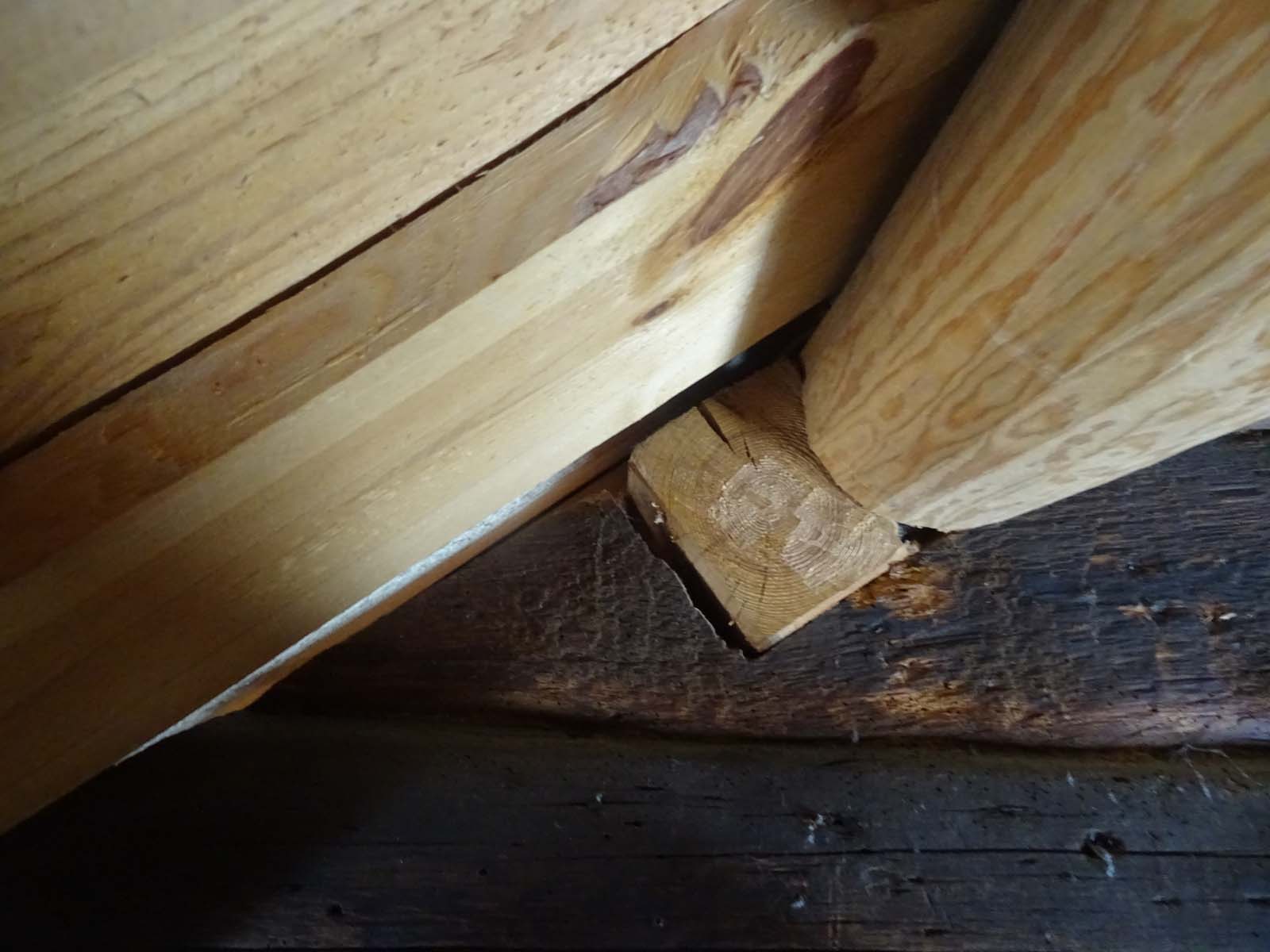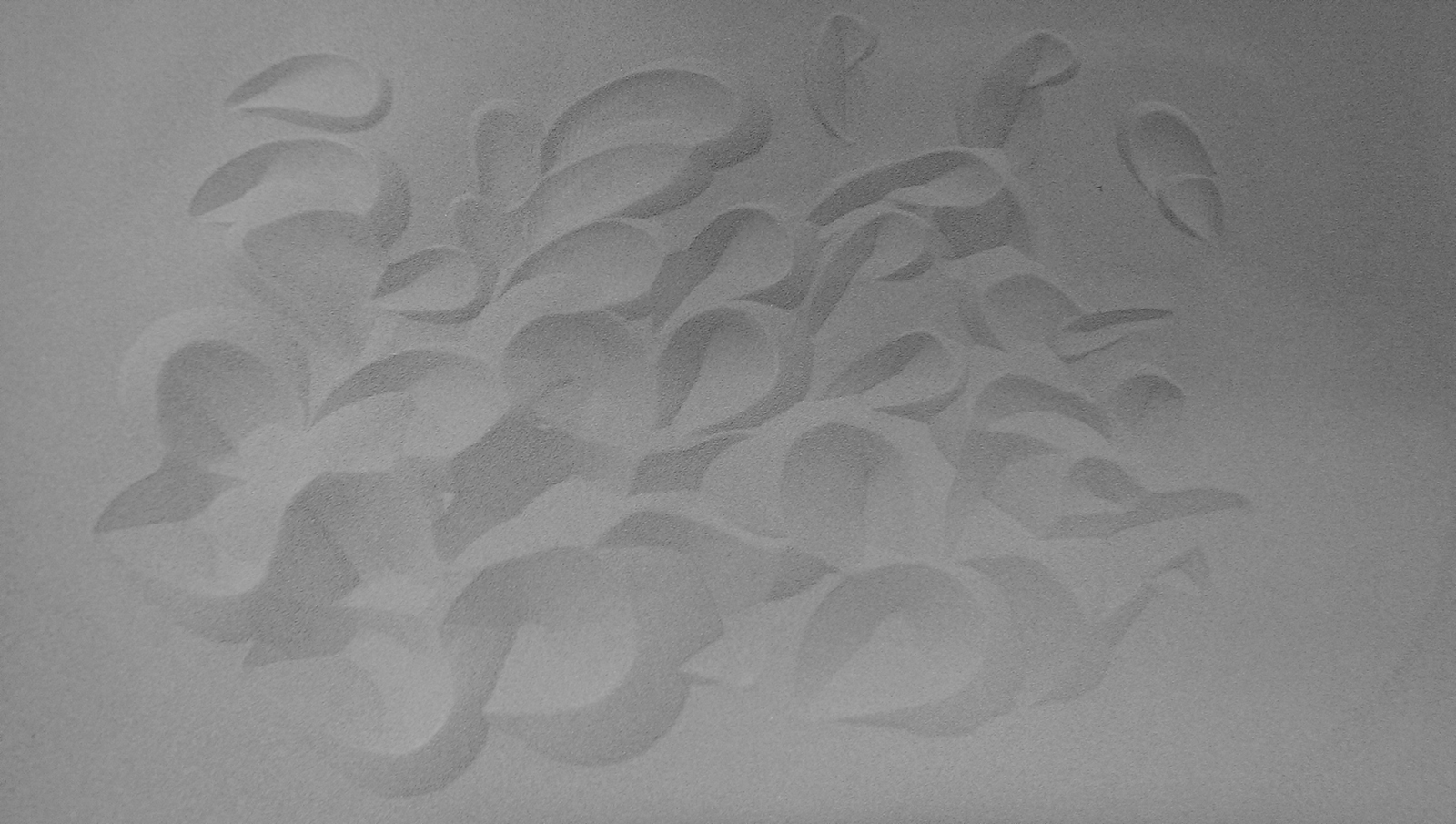15th January 2016
A built structure should speak the language of its surroundings, while expressing its age. It should play on the notion of the familiar, while allowing for the curiosity of the innovative. The structure should embrace vernacular values, while expressing a current disposition.
Vernacular [vəˈnakjʊlə] a category of architecture based on local needs, construction materials and reflecting local traditions.
Hytte is a place of moments, connected to memories. Sited in nature; in the mountains or by the sea. Each cabin has its own dialogue with its surroundings, its own traditions and history. My thesis explores how to accommodate the facilities of today’s lifestyle, while retaining the values of the hytte typology? In an ever globalizing world, there is an emerging trend moving towards the local, avoiding gentrification and homogenization. This project bases its point of departure from the vernacular – eliminating the consequences of globalization on the hytte typology.

WHAT
Every hytte has its own dialogue with its surroundings, its own traditions and history. They are passed down from generation to generation, together with all its stories. This is what is called “den norske hyttedrømmen” (the Norwegian hytte-dream). For many people a hytte is their second, preferred, home. 40% of the Norwegian population own or have access to a hytte (dn.no). The hytte is so rooted in the Norwegian culture, it is referred to in the national anthem Ja, vi elsker;
“Norske mann i hus og hytte” (Norwegian man in house and cabin)
Typically the hytte is a simple structure sheltering from the elements, as the primary reason for owning such a place is to spend time in nature. It reflects Norwegian culture, rooted in the spread built typology; due to the nature of the landscape in Norway; vast expanses of valleys and fjords, all built structures have had space between. People have chosen to live with a certain distance between each other. Generally without the luxury of running water and electricity. The hytte is a place of retreat, where you can slow down from daily life.
The development of this typology reflects the development of Norwegian culture; the shift towards the welfare state after the discovery of oil. The new urban lifestyle was brought into the countryside, both in terms of building strategies (hyttefelt) and programme/activities. The new hyttes have running water and electricity; dish washers and TV’s. The shift in the relationship between place and person; now people expect the place to serve them, rather than them serving the place. It has become a place for personal leisure. The Hytte is an expression of identity and wealth and is a place of high regard. This is shown in the graph (left) illustrating the growing size of Hyttes (green curve).
How to accommodate the facilities of today’s lifestyle, while retaining the values of this typology? Not all are fortunate enough to inherit a hytte and its wealth of traditions – but one can implement the values of such a place.
WHERE
Dramatic is a word that describes the site. Perched towards the top of a steep south facing slope within a bay. The view is depicted in the image to the left. Resting 60m above sea level, on a good day you can see all the way to Stavanger. Its located on Randøy, a small island close to Hjelmeland in Ryfylke – a fjord landscape on the west coast of Norway. Today it takes 2 hrs to get there from Stavanger. The journey includes a ferry-trip. Currently there is a tunnel being dug to replace this ferry connection – Ryfast. This new route – completed 2018 – will somewhat shorten the journey and making it more accessible (not reliant on a ferry that may stop in bad weather conditions). This new tunnel makes the area more desirable.
The site lies within a hyttefelt context. A hyttefelt is an urban strategy placed in a natural context, an arrangement of sites like suburbia. However, the size of the site is generous (1700m2) giving plenty of space around the hytte and breathing space to the neighbour. Unlike the typical hyttefelt sites where you walk out of your hytte and onto the neighbours lawn. There is also a steep cliff on the south border, meaning the views will not be obstructed by structures placed south of the site.
IKKE DÅRLIG VÆR _ BARE DÅRLIGE KLÆR
(There is no such thing as bad weather – only bad clothes, [old Norwegain saying])
Vestlandet is known for it’s harsh and rainy climate. The site receives up to 1200mm rainfall annually (yr.no) and can experience hurricane winds. The predominant wind direction is North-West. Therefore, the design must accommodate for these conditions. Hytte’s are historically simple structures to shield from the weather, but most waking hours are spent outdoors, something the structure can accommodate for by providing shelter from wind and rain, making it possible to be outdoors despite the weather.
WHY
In an ever globalizing world, there is an emerging trend moving towards the local, avoiding gentrification and homogenization. This project bases its point of departure from the vernacular – eliminating the consequences of globalization on the hytte typology. This project aims to work with the topography, not against it. Re-implementing values from the traditional, desirable hyttes.
The Hytte’s strongest enemy is the “kataloghytte” placed on a “hyttefelt”. This project is foremost a reaction to this hytte situation; where the client flicks through a catalogue (katalog) of cabins that are simply placed in the middle of the site, with no consideration of the vernacular; topography, materiality, details, history. A “hyttefelt” is the result of urban planning applying its strategies on nature. Applying principles of mass production, economy, efficiency and grid planning on areas where this is completely inappropriate.
This means of building a hytte is extremely popular. Reading Aftenposten’s Hytte magasinet, (which has 110000 readers) lists 16 ads (mainly full page) advertising for kataloghytter. All aspiring to the traditional notion of the hytte, focusing on aspects such as nature and hygge. Often utilizing phrases like hyttedrømmen – the hytte dream. While their values are the complete opposite; efficiency, economy, buildability, convenience, modularity, mass production. Leading to the use of cheap materials, cheap labour, little or no involvement of architects, complete ignorance of any site conditions. It generally takes 1 year from first meeting to completed cabin – sometimes even less. Guaranteeing an impersonal product (despite what the ads say). It looks like a cabin – but doesn’t feel like a cabin. The most energy and resources is spent on flattening the site – to make a type of tabla rasa, the same base, for the kataloghytte. (see images, left)
The magazine is contradicting itself. The ads propose this new catalogue hut typology, while all the articles present either unique architecturally drawn cabins or traditional, old cabins that have been passed down through generations. These are the true cabins of Norway. Obviously they cannot be reproduced, so its important to find a new typology – or at least a typology that is fitting to this specific site – the sites vernacular.
HOW
Research will be paralleled with doing, as there will be a constant feedback between what is produced through the design and what research is needed in order for the design to move forward. This project gives the opportunity to speculate and realize. The small scale of the project will make it possible to quickly move up in design scale. The experimental nature of producing prototypes based on the interaction between vernacular and new will be the driver of the project. The structure of the project will imitate a traditional design process, starting with site studies, structure, moments and detailing. Each phase of the design process will be dissected in order to explore opportunity of vernacular methods and if digital processes are applicable.
Vernacular architecture encompasses material availability. The primary material of this project will be timber. Timber is a historical and traditional material in Norway. The site was once covered in forest, making it a vernacular material. Stave churches dating from 1200 AC are still standing today. It’s a strong and versatile material with huge potential. This project will explore the use of modern techniques on this vernacular material. A vernacular hytte is customized for the place.
Digital fabrication is a realm of architecture that accommodates for bespoke designs as the tool does not mind if it is mass producing or custom building. The effort is laid on the architect to feed the design to the machine. Utilizing the potential of these technologies and building on previous semester work within this realm, a small aspect of the build will be explored within this context. This will be determined during the design process. This is an excellent opportunity to dissect traditional, vernacular techniques and perhaps make them viable in today’s context. Moving away from the mass produced, and bringing back the handcrafted values of the vernacular.









